Xiaomi Redmi 10 Prime review with pros and cons
Xiaomi is India’s biggest smartphone maker in terms of total units shipped and its Redmi lineup can be credited for that. While its signature Note series has crossed the Rs 15,000 mark in terms of pricing, there are still several devices being sold by the OEM that tie Xiaomi to its budget roots. Last year’s Redmi 9 Prime (review), starting at Rs 9,999, was one such device. However, the newly-launched successor which comes in the form of the Redmi 10 Prime has bumped up the price to Rs 12,499 for its 4GB + 64GB version. For the primary shooter, you now get a new 50MP sensor, while the processing is handled by the new MediaTek Helio G88 chipset. In this review, let’s find out how relevant the phone is when put against the company’s own Redmi Note 10 (review) and rivals like the Realme 8 (review).

Verdict
The Redmi 10 Prime offers a bigger battery, slightly faster charging, a new primary camera and decent design language over the previous iteration of the device. However, apart from the display, there is very little in the way of recommendations for the device over Redmi’s Note 10 series which is priced just slightly higher.

The lowdown
I have to give credit to Xiaomi’s product design team for coming up with the exquisite design language on the Redmi 10 Prime. While the construction material remains polycarbonate, the glossy touch-up and colour gradient scheme have me impressed. The huge camera housing prominently features the signature 50MP camera at the top which Xiaomi has been bragging about quite a lot. The company has managed to actually shave off a few millimetres in thickness over the previous iteration while increasing the battery capacity to 6,000mAh. The phone’s weight also feels well balanced, while the curve around the edges provides a firm grip. The headphone jack finds its way at the top of the phone in typical Xiaomi fashion, while the USB C port and speaker grille are at the bottom. On that note, Xiaomi has used the earpiece as a secondary speaker to provide stereo sound, which I very much appreciate. The fingerprint sensor has been integrated into the power button on the side.
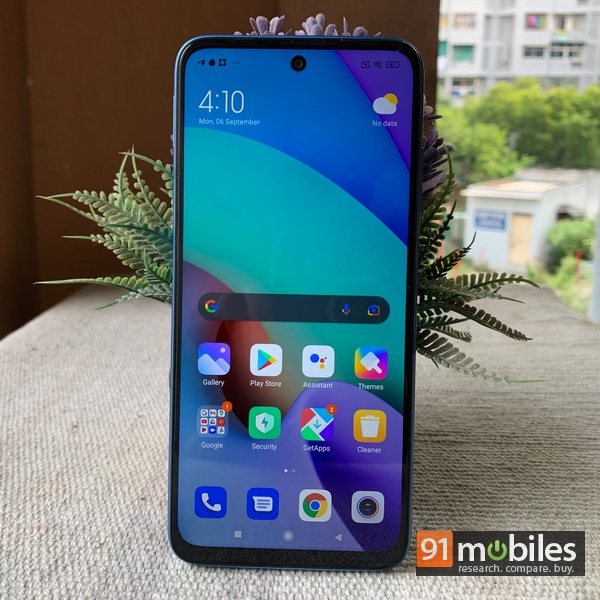
As for the device’s front, Xiaomi has been kind enough to integrate a 90Hz IPS LCD panel, but with a sizeable hole punch at the top. Bezels have been mostly kept slim around the display for a better viewing experience. The resolution is FHD+, although that is a bare minimum you can expect at this price point. The brightness levels are decent for outdoor usage and the off-axis colour shift is not as prominent as on a few other LCD panels by other OEMs in the budget category. The colour saturation can be customised in the display settings along with toggles for Reading mode, Dark mode and adjusting the refresh rate. As for OTT content, the device’s WideVine L1 certification will have you covered for HD viewing.
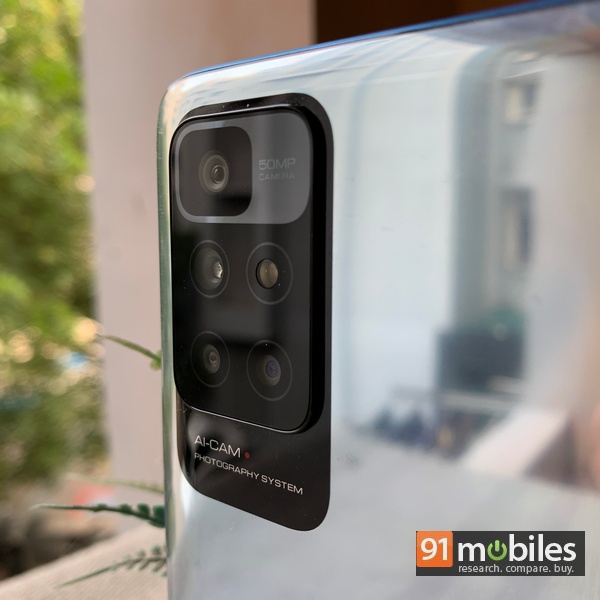
There are a total of four cameras on the back of the phone, which includes the 50MP primary camera, supported by an 8MP ultra-wide, 2MP depth, and 2MP macro shooters. On the front, you get an 8MP selfie shooter housed in the punch-hole. Here are some detail on how the cameras fare.
- Daylight shots looked good, with ample detail and reasonably good dynamic range. The colours were realistic and vivid with a tinge of saturation in reds and blues. The shutter speed is fast, but the autofocus is a bit slower than I’d prefer, which resulted in blurry shots of fast-moving objects. Other aspects of the shooter included a UHD 50MP mode which allows cropping into shots and making finer details look better. Exposure is very much controlled even in extremely bright sunny conditions.
- Low light photography wasn’t very impressive, which is surprising since Xiaomi has perhaps the best night photography capabilities in the budget segment. The focus times are not that great and there is a lot of softness to the shots around the centre of the frame. Noise levels are high even with assisted street lighting and the dedicated Night mode not working any wonders either. Portrait mode shots are much better in comparison with good outlining of the subject and a nice blur that goes easy on the eye. Macro mode washes out a lot of the colours but is good with detailing, at least as much as a 2MP sensor is capable of getting. The ultra-wide camera creates a warped look on the side and colour temperatures are often at odds with the primary shooter.
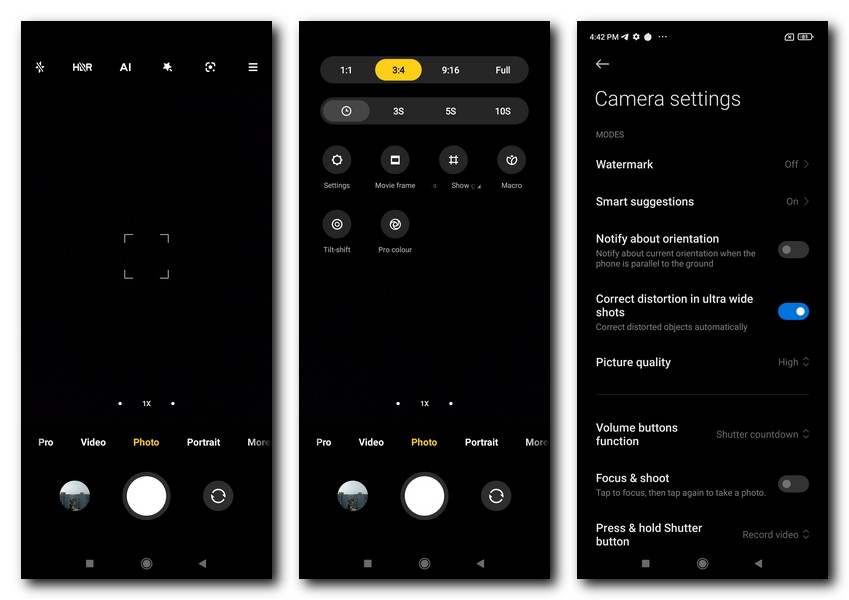
- The selfie camera is nothing spectacular but as far as image quality and facial detailing go, the sensor just about gets the job done. Overall, I do feel slightly disappointed this time around in the optics of the device, especially when the Redmi Note 10 is so much more adept at better image processing while costing just about Rs 1,500 more.
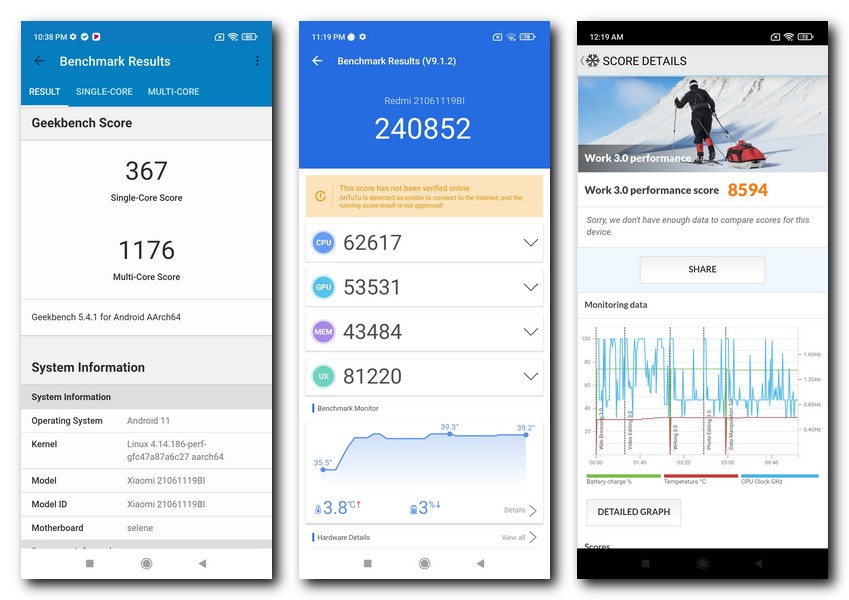
The MediaTek Helio G88 powering the Redmi 10 Prime is a new chipset designed by the Taiwanese silicone giant as an upgrade to the Helio G85 already present on a few Xiaomi phones. However, the G88 does not offer any significant performance gains over the G85. As far as processing goes, the Helio G88 is pretty standard issue for the price. It’s good at multi-tasking and efficient enough to run heavy apps without drawing a whole lot of power from the battery. It is prudent for me to point out that what the Redmi 10 Prime can offer in terms of performance can also be obtained from the cheaper Narzo 30A. Both phones can run equally demanding tasks such as Battlegrounds Mobile India at the same graphics settings. Other than that you get 4GB RAM and 64GB of non-expandable internal storage as the starting variant which seems a little less for the price. The speakers sound impressively good and I did not run into any problems with the phone’s 4G capabilities on Jio’s Noida network.
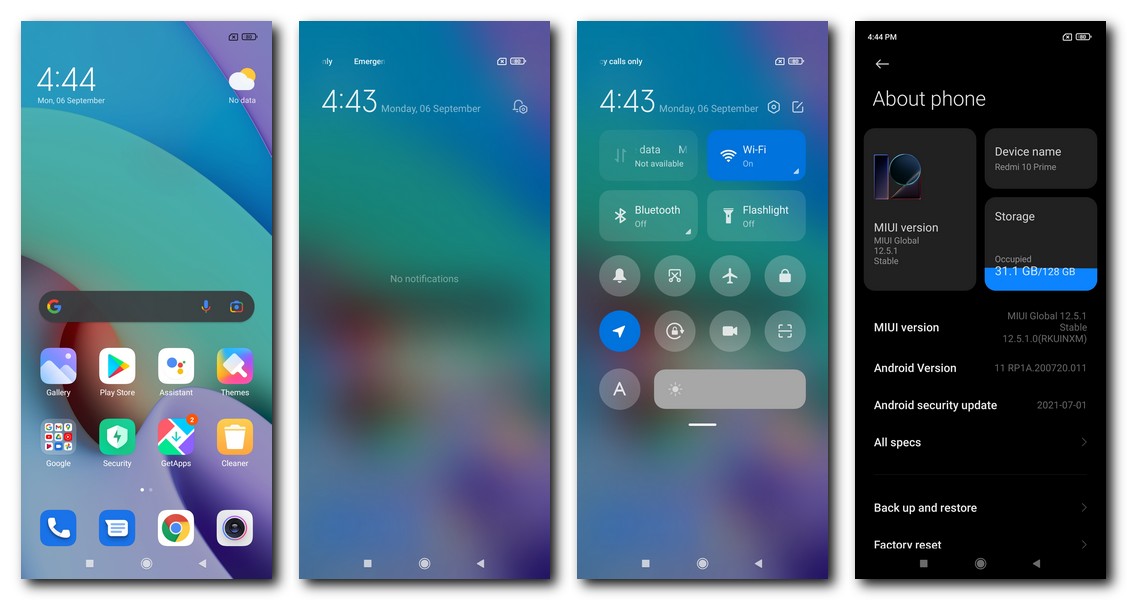
On the software front, the device runs Xiaomi’s proprietary MIUI 12.5 skin over Android 11. There are cues from iOS, as a swipe down from the left bringing in notifications while on the right brings down quick settings. A few elements of Android 12 are also in play such as the prominently large Bluetooth, Wi-Fi, Flashlight, and Mobile data icons. You can check out the whole list of features in my colleague’s review of the POCO F3 GT. The bottom line is that Xiaomi has worked quite a lot to change operability on its Android skin and most of it is to my liking.
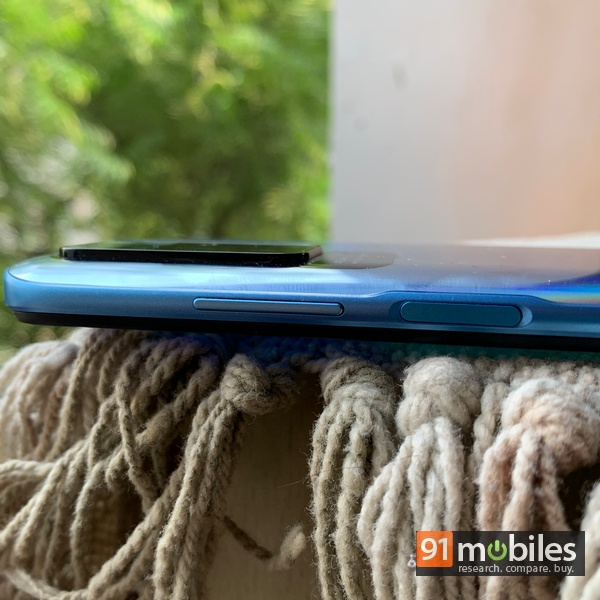
Battery-wise the phone is packing in a 6,000mAh cell which is supported by 18W fast charging. With the chipset not being too power-hungry, the phone can easily last for about two days straight on a single charge. My usage with the device has been limited to watching the latest season of Money Heist on Netflix, checking my social media accounts, watching YouTube and a couple of hours of BGMI gaming. By the end of the second day, I had about 10 percent juice still left which speaks volumes about the device’s battery management. However, charging up the phone takes a bit of time, close to 150 minutes.
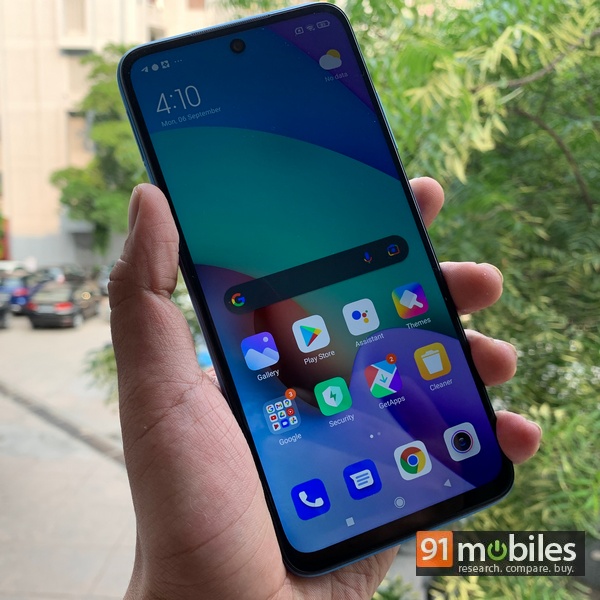
Final Verdict
The Redmi 10 Prime has all the specs you can expect from a budget Redmi device such as a large battery, decent performance and a high utility display, though the shooting prowess does leave one wanting. However, pricing the device so close to the Redmi Note 10, which is a better phone for the price, seems odd. My review unit, which comes with 6GB RAM and 128GB storage is priced at Rs 14,999 which does seem on the higher side. I think the Redmi 10 Prime is a decent phone, but if it is better cameras and performance you want, then the Redmi Note 10S or the Realme 8 would be safer bets.

Editor’s rating: 3.5 / 5
Pros
- Good design
- 90Hz display works like a charm
- Long battery life
Cons
- Cameras need to be improved
- Pricing seems slightly high
For all the latest Technology News Click Here
For the latest news and updates, follow us on Google News.
